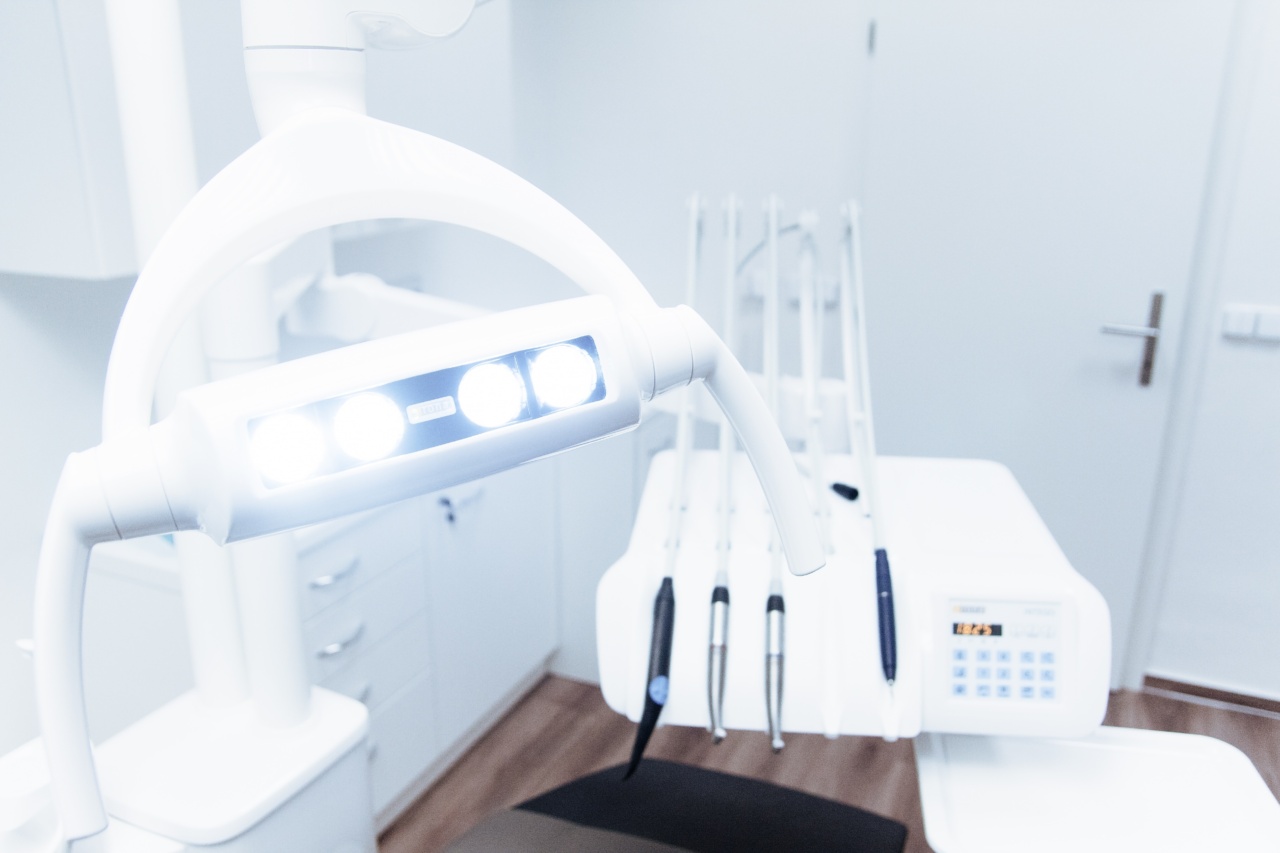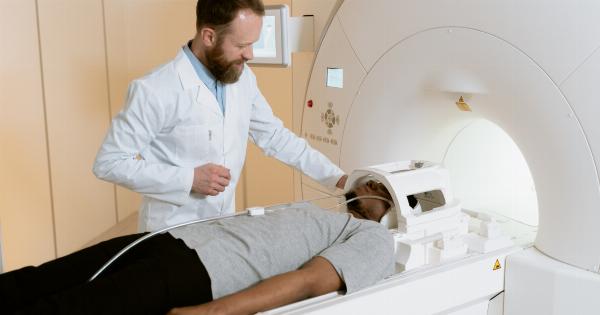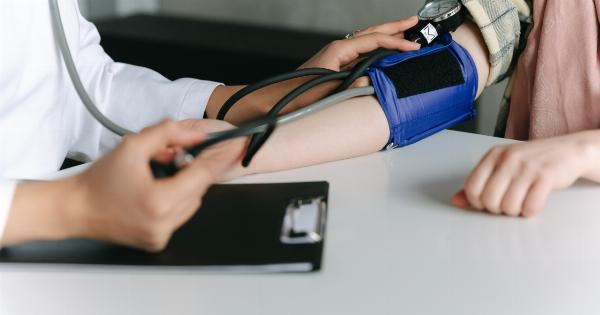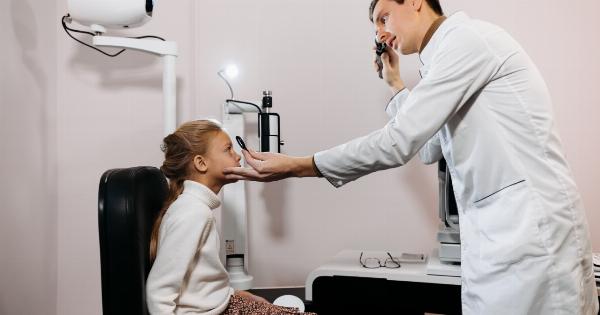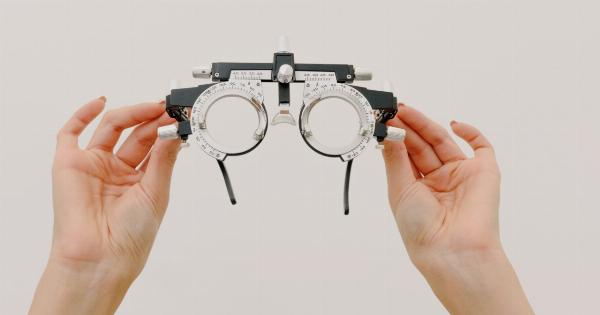In recent times, radiology has become an essential aspect of modern medicine, providing effective diagnostic and treatment solutions for both doctors and patients.
Due to the advancement of technology in the sector, modern radiology has transformed patient care by allowing for quicker diagnoses, improved accuracy, and minimally invasive procedures. Here are some key benefits of modern radiology in patient care:.
1. Speed diagnosis and treatment
With the aid of modern radiology technology, physicians can quickly diagnose and treat various medical conditions faster and more accurately than before.
These tools have become an integral part of emergency departments and intensive care units as they help reduce the time it takes to identify and respond to severe medical issues like hemorrhages and blood clots. Moreover, radiology can help doctors monitor the progression and treatment of conditions like cancer or liver disease.
2. Early Diagnosis and Treatment of Conditions
Early diagnosis is vital in enhancing the chances of a successful treatment plan. Modern radiography enables doctors to detect cancer, growth, and fractures before it becomes severe, allowing for quick medical intervention.
For example, mammography is one of the most effective methods for detecting early-stage breast cancer and can help the patient receive timely treatments that reduce mortality rates.
3. Minimally Invasive Procedures
Modern radiography also allows for minimally invasive procedures that reduce the need for open surgery.
Patients can receive treatment through needle biopsy or by inserting small catheters, stents, or tubes that can release medicines or remove blockages. This minimally invasive option reduces the need for general anesthesia, lowers the risk of complications, and shortens recovery time.
4. Better Precision
Modern radiography provides high accuracy in detecting medical abnormalities and locating their precise position for targeted treatment. For example, MRI (magnetic resonance imaging) can help identify tumors and their precise location within the tissue.
This feature makes treatment more accurate and reduces the risk of complications that may result from targeting the wrong location.
5. Reduced Need for Radiation Exposure
Modern radiology technology enables doctors to reduce the amount of radiation a patient is exposed to, necessary for a diagnosis or treatment.
For example, x-rays now use lower radiation doses compared to early x-ray technology, and radiologists only use necessary scans and methods to avoid overexposure. This method decreases the risk of radiation damage to your cells and tissues, especially for repeat procedures in children and young adults.
6. Improved Patient Safety
Modern radiography provides safer alternatives for treatments that would have required major invasive surgery. Often, treating diseases like cancer may require going through radiation treatment, and these can lead to side effects that harm the body.
However, modern radiology has found new and more effective ways of targeting cancerous cells and allowing for less invasive procedures that are not harmful to other tissues.
7. Access to High-Quality Procedures
Modern radiography provides high-quality imaging that is necessary for an accurate diagnosis and effective treatment. Patients in rural areas can access high-quality medical procedures through telemedicine with urban health centers.
Modern radiology technology makes it possible for patients to access advanced radiology networks, even from remote areas, ensuring no one is left behind in receiving the necessary medical care.
8. Cost-Effective Treatments
Modern radiography has reduced the cost of treatments that would have required surgical interventions, hospital stays, and post-surgery follow-up care.
Minimally invasive procedures require less hospitalizations and can be done in an outpatient setting, reducing the total cost of treatment. Moreover, with high-quality medical equipment available, doctors can get a more accurate diagnosis that saves the patient’s time and unnecessary medical expenses.
9. Improved Quality of Life
Modern radiography enhances patients’ quality of life by providing treatments that maintain continuity in daily routines.
Invasive surgical procedures that require hospitalizations and lengthy recovery times can be avoided, preserving the patient’s overall well-being. This gives patients and their families peace of mind, knowing that the patient can receive the necessary treatment, recover, and resume their daily activities without adverse effects on their lifestyle.
10. Improved Outcomes
Modern radiography has revolutionized medical treatment by improving diagnosis accuracy and treatment quality.
These advancements have increased the patient’s chances of full recovery and long-term survivorship, reduced the need for additional procedures, and reduced patient morbidity and mortality rates.
Conclusion
Modern radiology has greatly revolutionized patient care by providing faster diagnoses, better accuracy, less invasive procedures, and safer treatment alternatives.
The key benefits discussed above are just a few examples of how modern radiology has helped both medical practitioners and patients in providing better healthcare. Modern radiography technologies have unlocked many new treatment strategies that have led to improved patient outcomes, reduced healthcare costs, and most importantly, saved countless lives.
